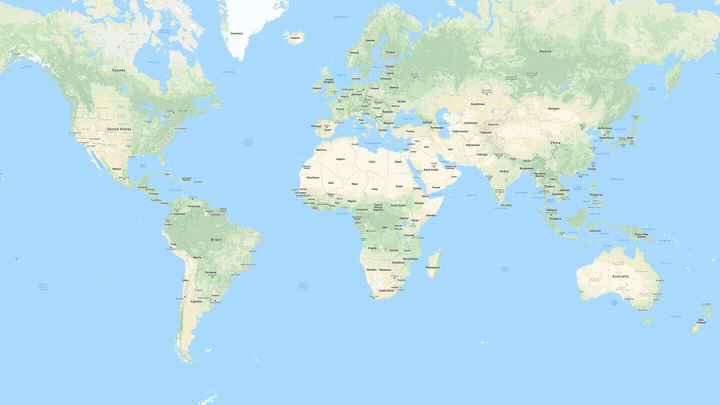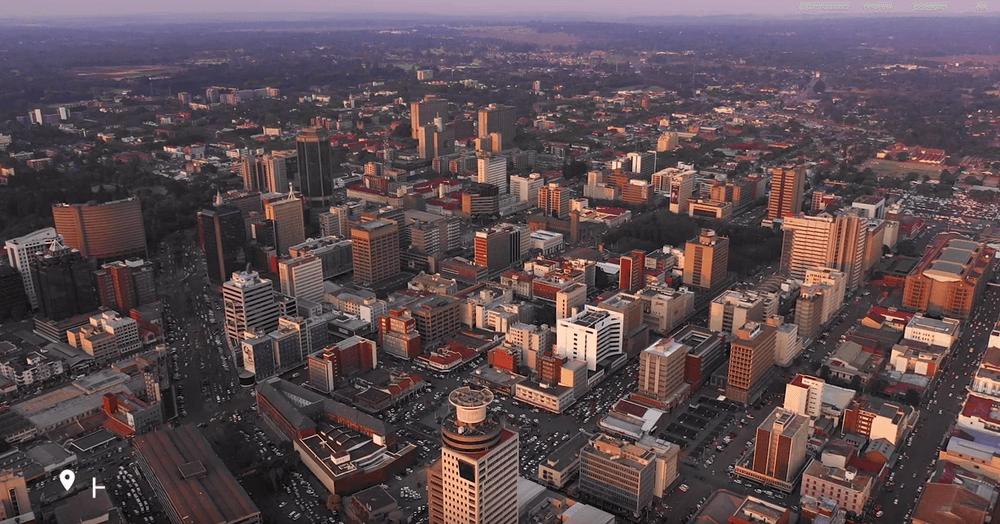The big picture: Indeed, the quality of satellite imagery featured in Google’s mapping products has improved dramatically over the past decade or so. This is readily evident in Google Earth using the timeline slider to view satellite imagery from years earlier. Most imagery captured within the past few years is easily noticeable while snaps from a decade or more ago are often in black and white and hardly recognizable.

Google has managed to catalog an unbelievable amount of imagery to populate its various mapping services.
In a recent blog post on the matter, Google Maps Senior Product Manager Thomas Escobar said the company has now captured more than 10 million miles of Street View imagery. That’s enough to circle the globe more than 400 times, Escobar notes.
Google Earth, meanwhile, now contains more than 36 million square miles of HD-quality satellite images from a variety of providers. According to Escobar, Google Earth imagery now covers 98 percent of the planet’s population.

Street View imagery collection is even more impressive. As you may know, Google has a massive fleet of vehicles that roam the globe collecting street-level photos. But did you know that Google also employs boats, sheep and even camels to help gather imagery in remote locations?
But collecting imagery is only part of the equation as the tech giant then has to use a process called photogrammetry to align and stitch everything into place to create an accurate depiction of the real world. Google’s approach is unique in that it utilizes imagery from multiple sources and is accurate down to the meter.
https://www.techspot.com/news/83188-google-earth-now-covers-98-percent-population.html